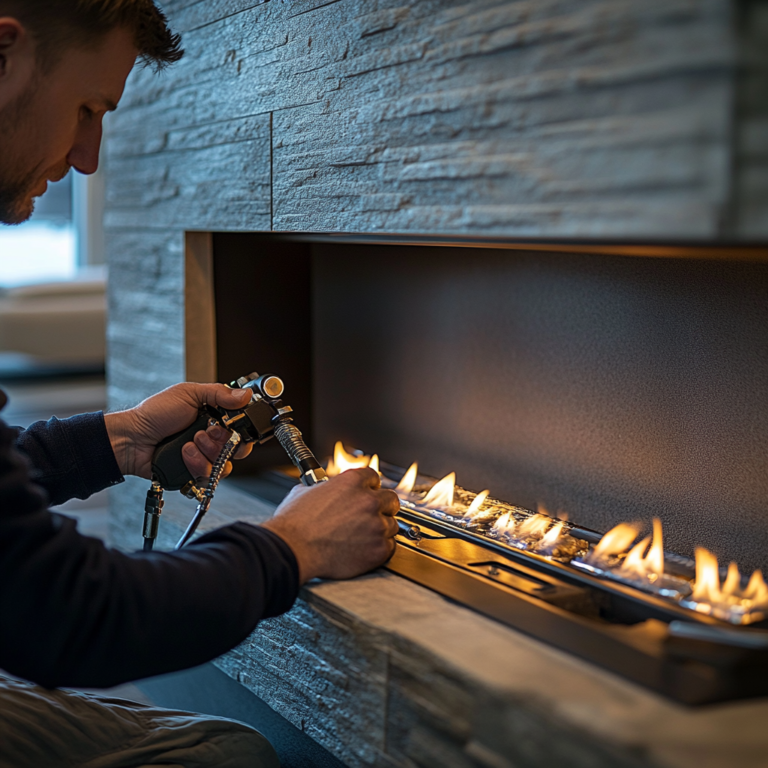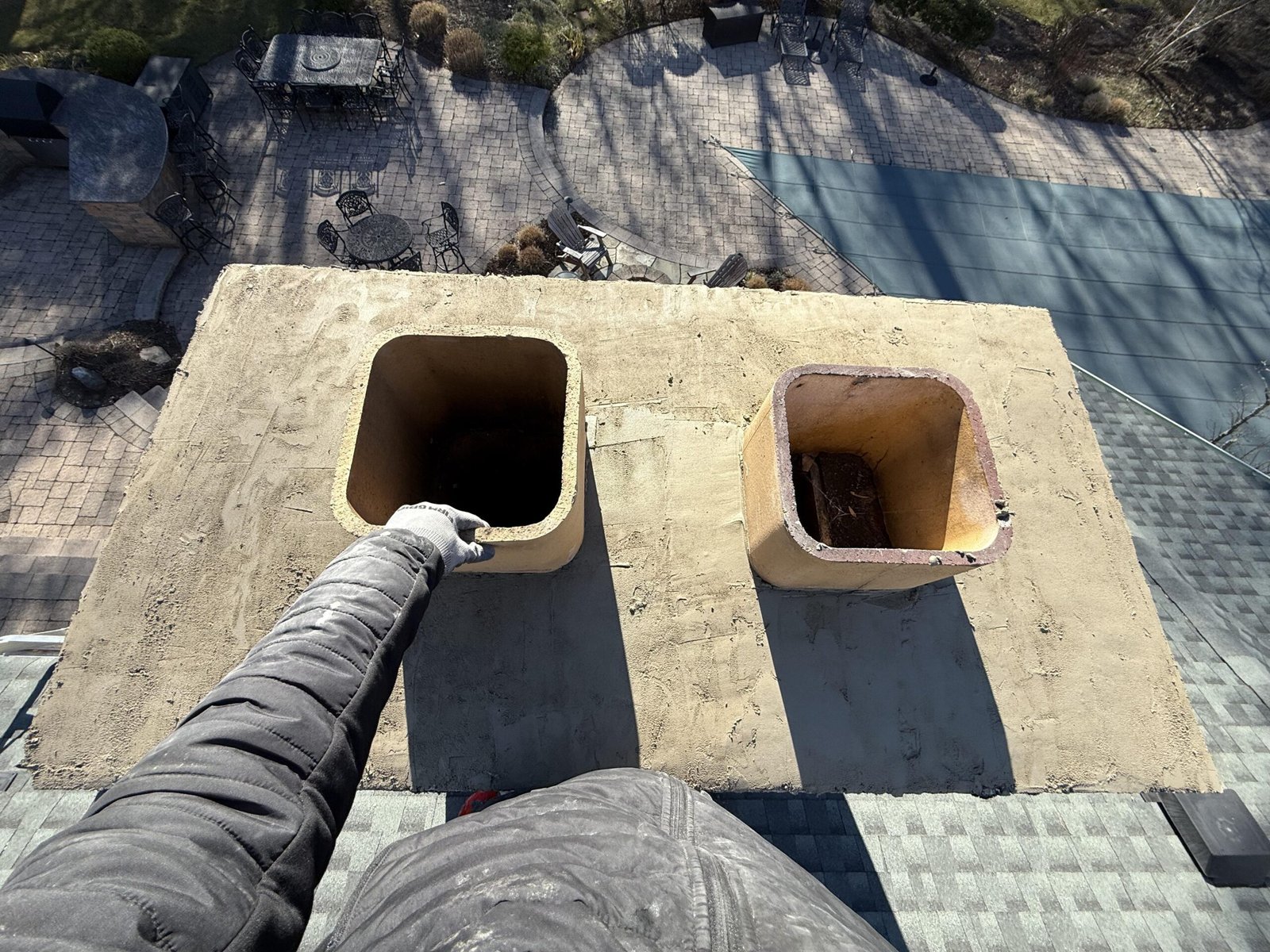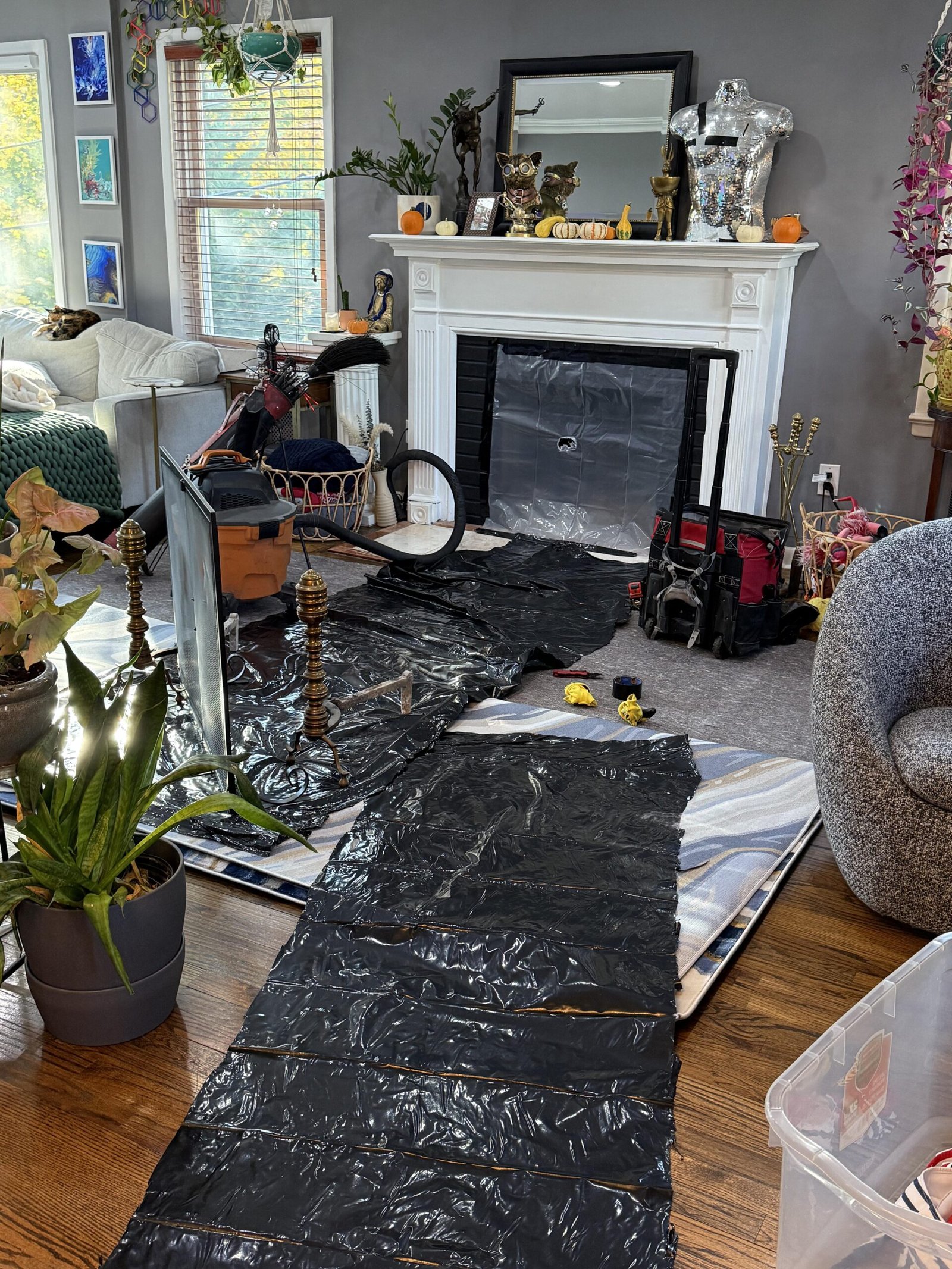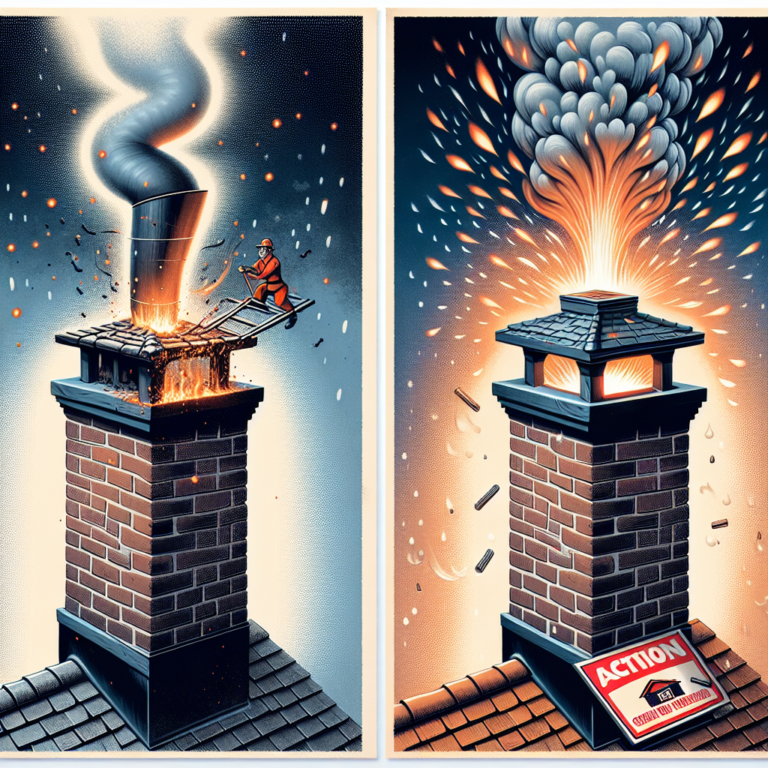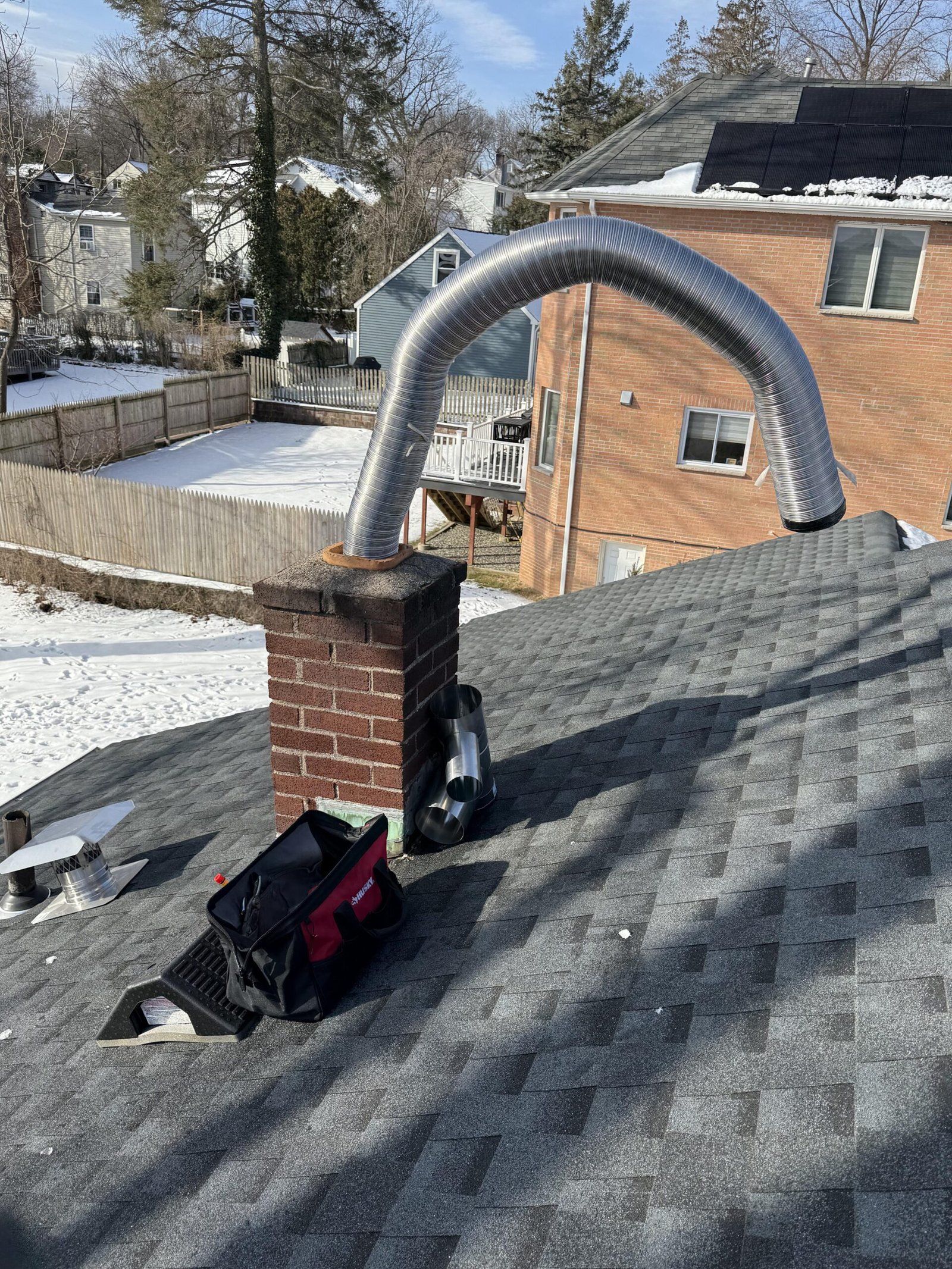-
Table of Contents
fireplace installation, gas valve replacement, and repairs are essential services for maintaining the safety, efficiency, and aesthetic appeal of your home. A well-installed fireplace not only enhances the ambiance of a living space but also provides warmth during colder months. Proper installation ensures compliance with safety standards and optimal performance. gas valve replacement is crucial for ensuring the safe operation of gas fireplaces, as faulty valves can lead to gas leaks and pose serious hazards. Regular maintenance and timely repairs are vital to prolonging the lifespan of your fireplace and ensuring it operates safely and efficiently. Whether you are looking to install a new fireplace, replace a gas valve, or perform necessary repairs, professional services are key to achieving reliable and safe results.
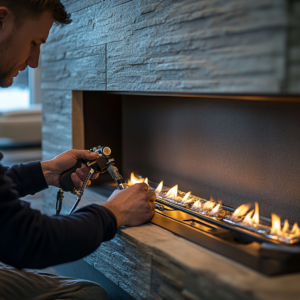
Fireplace Installation: Essential Steps for a Safe and Efficient Setup
When considering fireplace installation, it is crucial to understand the essential steps that ensure a safe and efficient setup. A fireplace not only enhances the aesthetic appeal of a home but also provides warmth and comfort during colder months. However, improper installation can lead to safety hazards, inefficiencies, and costly repairs. Therefore, following a systematic approach is vital.
The first step in the installation process is to select the appropriate type of fireplace for your home. There are various options available, including wood-burning, gas, and electric fireplaces. Each type has its own set of requirements and benefits. For instance, gas fireplaces are known for their convenience and efficiency, while wood-burning fireplaces offer a traditional ambiance. Once you have chosen the type of fireplace, it is essential to consider the location within your home. The chosen spot should allow for proper ventilation and clearance from combustible materials, ensuring safety and compliance with local building codes.
Following the installation, the next critical phase is testing the fireplace. For gas units, this involves checking for gas leaks using a soap solution on the connections. If bubbles form, it indicates a leak that must be addressed immediately. Additionally, it is important to test the ignition system and ensure that the flames burn evenly and efficiently. For wood-burning fireplaces, a smoke test should be conducted to ensure proper draft and ventilation.
Moreover, regular maintenance is vital for the longevity and safety of your fireplace. This includes periodic inspections and cleaning of the chimney and venting systems to prevent creosote buildup, which can lead to chimney fires. If you notice any issues, such as unusual odors or difficulty igniting the fireplace, it may be time to consider gas valve replacement or repairs. A malfunctioning gas valve can pose serious safety risks, so addressing these concerns promptly is essential.
In conclusion, fireplace installation is a multifaceted process that requires careful planning and execution. By selecting the right type of fireplace, preparing the installation site, following manufacturer guidelines, and conducting thorough testing, homeowners can enjoy the benefits of a safe and efficient fireplace. Furthermore, ongoing maintenance and timely repairs, such as gas valve replacements, are crucial for ensuring the fireplace remains a reliable source of warmth and comfort for years to come.
Understanding Gas Valve Replacement: When and Why It’s Necessary
Understanding the intricacies of gas valve replacement is essential for homeowners who rely on gas appliances, particularly fireplaces, for warmth and ambiance. A gas valve serves as a critical component in controlling the flow of gas to your fireplace, ensuring that it operates safely and efficiently. Over time, however, these valves can wear out or become damaged, leading to potential safety hazards and operational issues. Recognizing when and why gas valve replacement is necessary can help you maintain a safe and functional fireplace.
In addition to gas leaks, other symptoms may indicate that your gas valve is malfunctioning. For instance, if you notice that your fireplace is not igniting properly or the flame is inconsistent, it could be a sign of a faulty valve. A well-functioning gas valve should allow for a steady flow of gas, resulting in a reliable flame. If you experience fluctuations in the flame height or color, it may be time to have the valve inspected and potentially replaced. Furthermore, if you hear unusual hissing or popping sounds near the valve, this could also signal a problem that warrants immediate attention.
Another important factor to consider is the age of your gas valve. Most valves have a lifespan of around 10 to 15 years, depending on usage and maintenance. If your fireplace is older and has not undergone any recent inspections or repairs, it may be prudent to have the gas valve evaluated. Regular maintenance can help identify potential issues before they escalate, allowing for timely replacements that ensure the safety and efficiency of your fireplace.
Moreover, understanding the importance of professional installation and replacement is crucial. While some homeowners may be tempted to undertake DIY repairs, working with gas appliances requires specialized knowledge and skills. A qualified technician will not only ensure that the replacement is performed correctly but will also check for any other underlying issues that may affect the performance of your fireplace. This comprehensive approach can save you time and money in the long run, as it helps prevent future problems.
In conclusion, recognizing the signs that indicate a need for gas valve replacement is essential for maintaining a safe and efficient fireplace. From detecting gas leaks to observing irregular flame behavior, being vigilant can help you address issues promptly. Additionally, understanding the lifespan of your gas valve and the importance of professional assistance can further enhance your fireplace’s safety and functionality. By prioritizing these aspects, you can enjoy the warmth and comfort of your gas fireplace with peace of mind, knowing that it operates safely and effectively.
Common Gas Valve Repairs: Troubleshooting Your Fireplace System
When it comes to maintaining a fireplace, understanding the common gas valve repairs can significantly enhance both safety and efficiency. The gas valve is a critical component of your fireplace system, controlling the flow of gas to the burner. If you notice any irregularities in your fireplace’s performance, troubleshooting the gas valve should be one of your first steps.
One of the most common issues homeowners face is a gas valve that fails to open or close properly. This malfunction can lead to insufficient gas flow, resulting in a weak flame or, conversely, an overly strong flame that poses a safety hazard. If you suspect that your gas valve is not functioning correctly, the first step is to check for any visible signs of damage or wear. Look for cracks, corrosion, or loose connections, as these can all contribute to valve failure. If the valve appears intact, the next step is to test the electrical connections. A faulty connection can prevent the valve from receiving the necessary signals to operate, leading to erratic performance.
Another common issue is a gas leak, which can be particularly dangerous. If you smell gas near your fireplace, it is crucial to act quickly. First, turn off the gas supply to the fireplace and ventilate the area by opening windows and doors. After ensuring your safety, contact a professional technician to inspect the gas valve and the entire system for leaks. They will use specialized equipment to detect any leaks and can recommend the appropriate repairs or replacements. It is essential to address gas leaks promptly, as they can pose serious health risks and increase the likelihood of fire hazards.
Moreover, regular maintenance of your fireplace system can help prevent many of these common gas valve issues. Scheduling annual inspections with a qualified technician ensures that all components, including the gas valve, are functioning correctly. During these inspections, technicians can identify potential problems before they escalate, saving you time and money in the long run. Additionally, they can provide valuable advice on how to operate your fireplace safely and efficiently.
In conclusion, understanding the common gas valve repairs and troubleshooting techniques is vital for any homeowner with a gas fireplace. By being proactive in identifying issues such as valve malfunctions, blockages, and gas leaks, you can ensure the safe and efficient operation of your fireplace system. Regular maintenance and timely repairs not only enhance the longevity of your fireplace but also contribute to a safer home environment. If you encounter any issues beyond your expertise, do not hesitate to seek professional assistance, as they possess the knowledge and tools necessary to address complex problems effectively.
Q&A
1. **Question:** What are the steps involved in installing a fireplace?
**Answer:** The steps include selecting a suitable location, ensuring proper ventilation, framing the fireplace structure, installing the firebox, connecting the chimney or venting system, and finishing with the appropriate surround and hearth materials.
2. **Question:** How do I know if my gas valve needs replacement?
**Answer:** Signs that a gas valve may need replacement include gas leaks, difficulty in turning the valve, rust or corrosion on the valve, or if the valve does not fully open or close.
3. **Question:** What are common repairs needed for gas fireplaces?
**Answer:** Common repairs include fixing gas leaks, replacing faulty thermocouples, cleaning or replacing the burner assembly, and addressing issues with the ignition system or pilot light.

